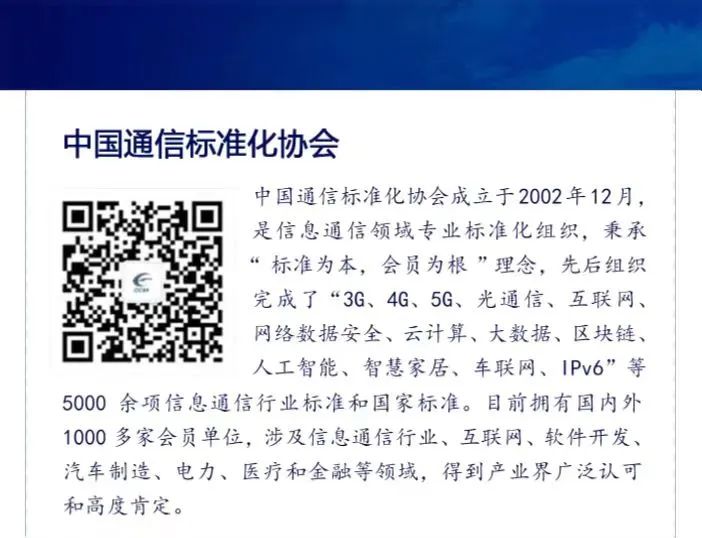
With the rapid development and promotion of direct satellite services for mobile phones, the demand for voice communication among satellite terminal users is continuously increasing. Currently, in areas without ground base station signal coverage, voice services rely on high orbit satellites, which have very limited bandwidth. There is an urgent need to enhance core network technology to address the wide-area coverage requirements for voice services over high orbit narrowband satellites.
To this end, China Telecom, as the world’s first operator to promote high orbit satellite voice calling solutions into the 3GPP global standard system, has collaborated with China Mobile, China Satellite Network, the China Academy of Information and Communications Technology, and more than ten other organizations. They submitted a research project application titled “Research on Enhanced Mobile Core Network Technology Supporting NB-IoT High Orbit Satellite IMS Voice Calls” at the 40th meeting of the Wireless Communication Technology Working Committee (TC5) Mobile Communication Core Network and Artificial Intelligence Applications Group (WG12), which was approved for discussion at the meeting. This research project aims to study the IMS voice issues supported by narrowband high orbit satellites, with main solutions including: enhancing QoS mechanisms, where the network adaptively adjusts QoS attributes based on the type of voice service; core network IMS voice enhancement technology that supports low-bitrate voice IMS transmission enhancement; optimizing SIP signaling processes to improve user experience; and considering the functional requirements of 5G core networks supporting NB-IoT NTN.
This research project is of significant guiding importance for improving the standards for narrowband high orbit satellite voice calls from the perspective of the core network. TC5 and WG12 will also actively promote the integration of domestic satellite communication innovations, including the results of this research project, into the international standard system, achieving bilateral interaction and complementary advantages, enhancing the international compatibility of China’s standards, and providing a “technical template” for further exploring the potential of high orbit satellites, helping China maintain a leading position in the competition of 5G/6G satellite communications.(Authors: Xia Xu, Jia Jing from China Telecom Group Co., Ltd. and Han Dong from China Communications Standards Association)
